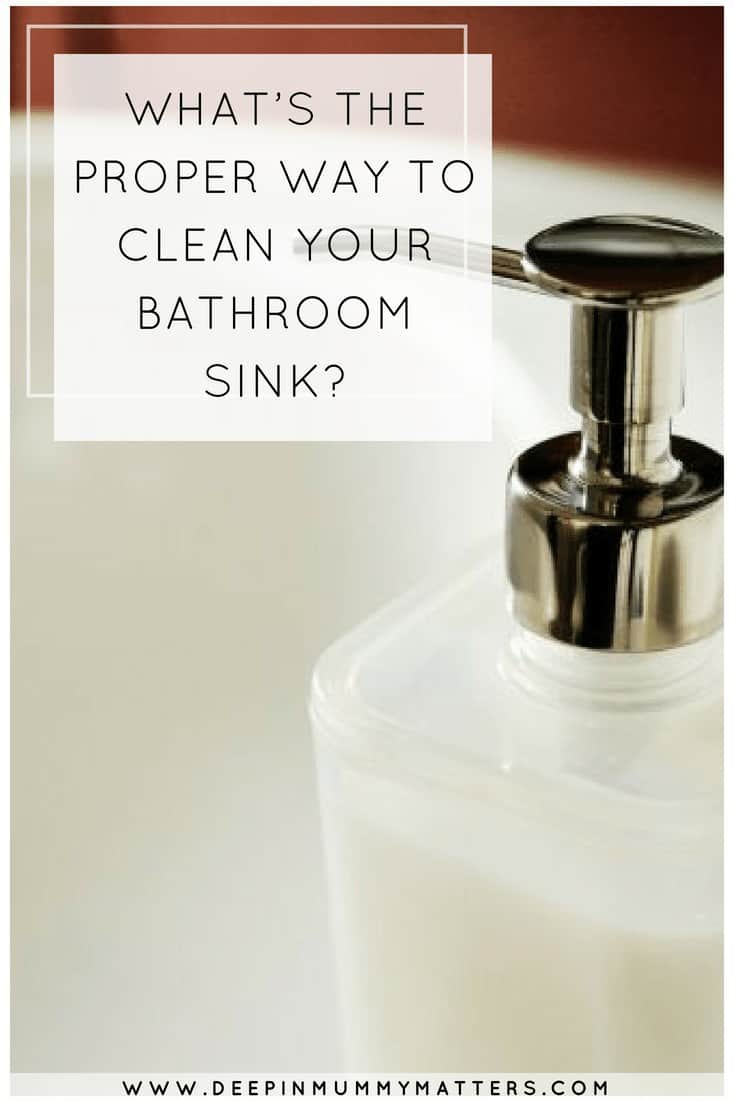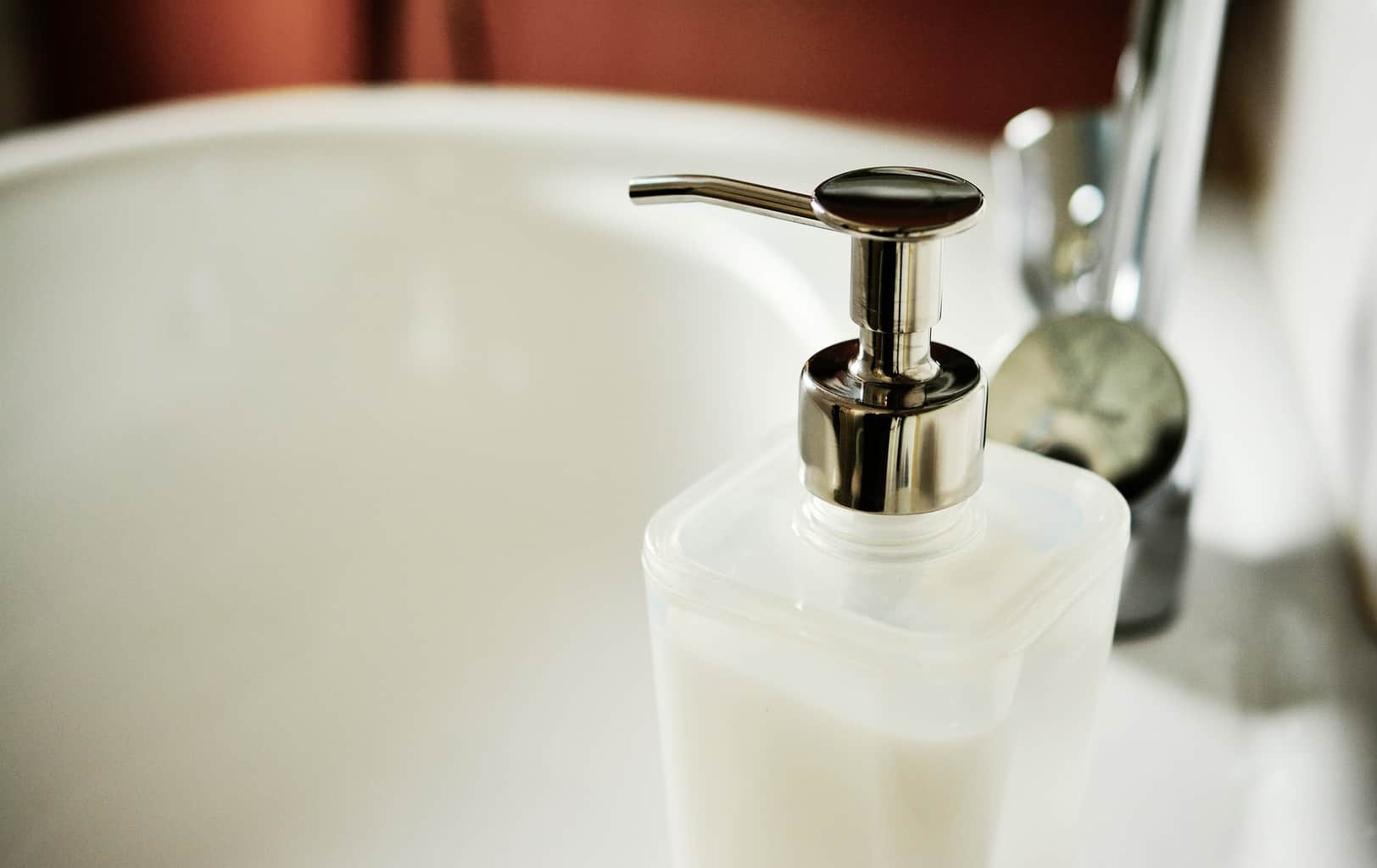Bathroom cleaning isn’t rocket science but it has to be done, for obvious reasons. You would think that all the soap and water flowing through your bathroom sink would keep it perpetually clean but, sadly, that’s just not the case. Soap deposits, toothpaste, water stains and rust can all build up if you don’t stay on top of the cleaning. So, what’s the best way to keep your washbasin hygienically clean at all times?
What is your washbasin made of?
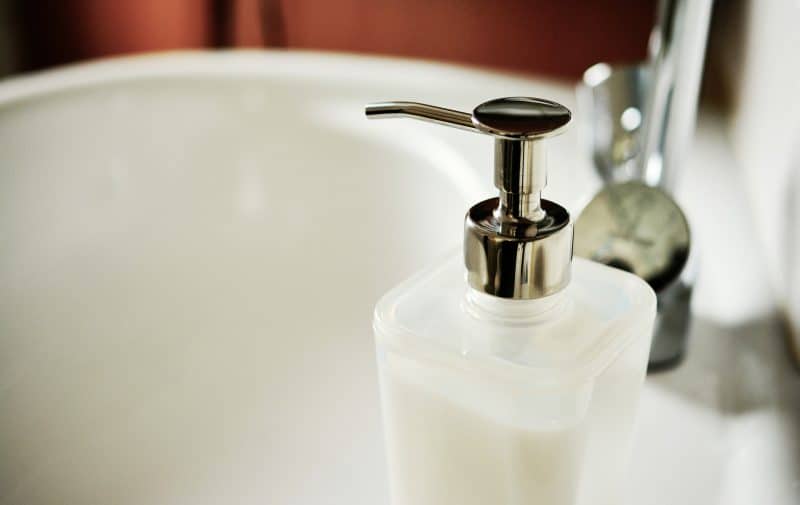
First off, consider the material your bathroom basin is made of. Most will be ceramic or porcelain washbasins like these ones. Ceramic sinks are made from clay that’s been shaped and fired in a kiln. This produces a very durable and long-lasting material that’s easy to look after. Often, a quick wipe over with a damp cloth and some mild detergent is all that’s required.
Porcelain is one of the most popular materials for bathroom sinks, consisting of either vitreous china or glazed fireclay. Porcelain washbasins have a lustrous surface that’s quite hard to scratch but can chip if struck by a heavy object. Less commonly used materials for washbasins include enamelled steel, tempered glass, marble, stone, acrylic and solid surface.
Routine cleaning
Little and often should be your watchwords for keeping your ceramic or porcelain sink in tip-top condition. Every other day, but at least once a week, plug the sink and pour in some warm water along with some mild detergent – a gentle household cleaner or even washing up liquid will do nicely.
Take the spongy side of a scouring pad and gently scrub the surface of the sink, including around the overflow and plughole as well as around the taps. Drain the water and wipe everything down with a soft, dry microfibre cloth to get rid of any watermarks.
It’s worth pointing out that bleach and ammonia-based cleaning products really aren’t the best products to use for cleaning the basin. They contain toxic substances that could easily be ingested via a toothbrush or face cloth. In any case, as long as you keep up with your regular cleaning routine, their use shouldn’t really become necessary.
Deep cleaning
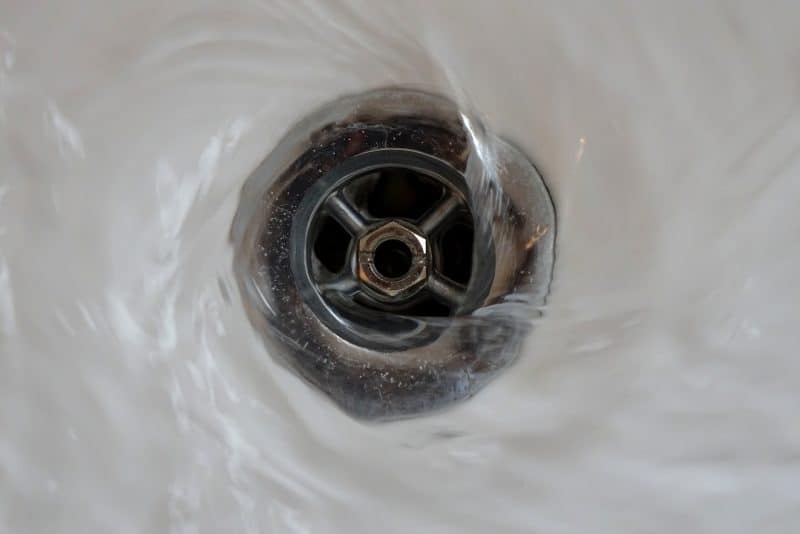
In addition to your routine bathroom cleaning regime, your bathroom sink will benefit from an occasional deep clean. No need to use commercial bathroom cleaners; all you need is a supply of natural substances such as vinegar, lemon and bicarbonate of soda to hand to keep your bathroom sink fresh and shiny.
Vinegar
Perhaps surprisingly, plain old vinegar is one of the best (and cheapest!) things you can use for cleaning ceramic and porcelain sinks. That’s white, distilled vinegar, not the brown ‘malted’ stuff you put on your chips. Here’s how to use it:
Plug the sink and pour in a pint of white vinegar. Dip a paper towel into the liquid and place it around the edge of the basin and repeat the process until the entire washbasin is covered. Vinegar has antibacterial properties, so it’s a good idea to let it sit on the surface for 20 minutes before removing the paper towels, to allow for the maximum number of bacteria to be killed.
While you’re waiting, why not take the opportunity to soak soap trays and toothbrush holders in the vinegar, scrubbing where necessary. Then wipe down all your surfaces and items with a soft, dry cloth. Unless you want fresh watermarks on the sink, don’t rinse with water. And don’t worry – the harsh vinegary smell will disappear soon enough.
Vinegar is not recommended for coloured porcelain as it may cause discolouring. Nor should you use it with marble surfaces, since the acetic acid in the vinegar will dull the sheen. To be on the safe side, use a neutral pH product or a special marble cleaner.
Lemon
Do you know how to remove rust stains from a ceramic or porcelain basin? With lemon and salt or bicarbonate of soda. Who knew?! Cut a lemon in half and pour salt or baking powder onto the cut surface, then rub all over the rust stain. When the stain begins to loosen, wipe with a paper towel or dry, soft cloth. Not only will the stain disappear, as a bonus you’ll leave your bathroom with a lovely citrus smell!
Bicarbonate of Soda
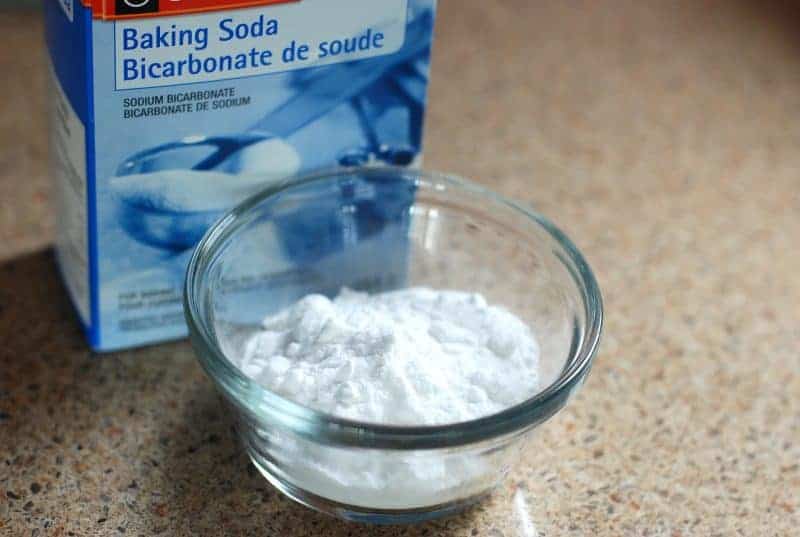
Baking soda is a very useful natural household cleaner, and nowhere more so than in the bathroom sink. You can find it in your kitchen cupboard among the baking ingredients. However, it’s much cheaper to buy big packs of bicarb that are specially intended for household use.
For a refreshing deep clean and to bring back the shine, wet the area in and around the basin with warm water, then liberally sprinkle with baking soda. Take a soft cloth and rub the surface – the bicarb will start to form a paste that you can run around everywhere including the overflow hole and around the taps. Finally, rinse the entire sink area with clean water and dry with a soft cloth. Ta-dah!
